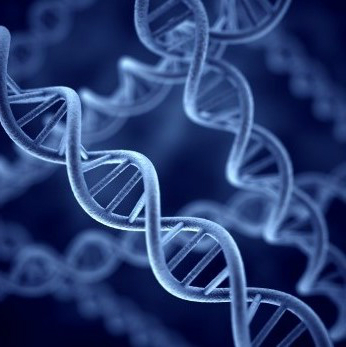Of mice, men, and birds: mechanisms and evolution of recombination hotspots
Abstract: Meiotic recombination is a fundamental genetic process that generates new combinations of alleles on which natural selection can act and, in most sexually-reproducing organisms, ensures the proper alignment and segregation of chromosomes. Recombination events are initiated by double strand breaks deliberately inflicted on the genome during meiosis. In this talk, I’ll present accumulating evidence from my group and others, which suggests two main mechanisms by which the locations of these double strand breaks are specified, with dramatic evolutionary consequences. In apes and mice, recombination events are directed by binding of the gene PRDM9 and hotspots evolve rapidly across populations and species. In species that lack PRDM9, in contrast, recombination events appear to be predominately localized to promoter-like features of the genome and to be evolutionarily stable. These observations sketch the outline of a general pattern whereby the binding specificity of PRDM9 drives rapid turnover, whereas the reliance on accessible, functional genomic features leads to stasis.
Molly received a B.A. in Mathematics from Princeton University and a Ph.D. from the Committee on Evolutionary Biology at the University of Chicago, working with Brian Charlesworth and Dick Hudson. Her postdoc was in the group of Peter Donnelly in the Statistics Dept. of the University of Oxford, and was followed by a two year stint as a research scientist at the Max Planck Institute for Evolutionary Anthropology. Before moving to Columbia University, she was a faculty member at the University of Chicago (where she was also a Howard Hughes Medical Institute Early Career Scientist) as well as, briefly, at Brown University.


